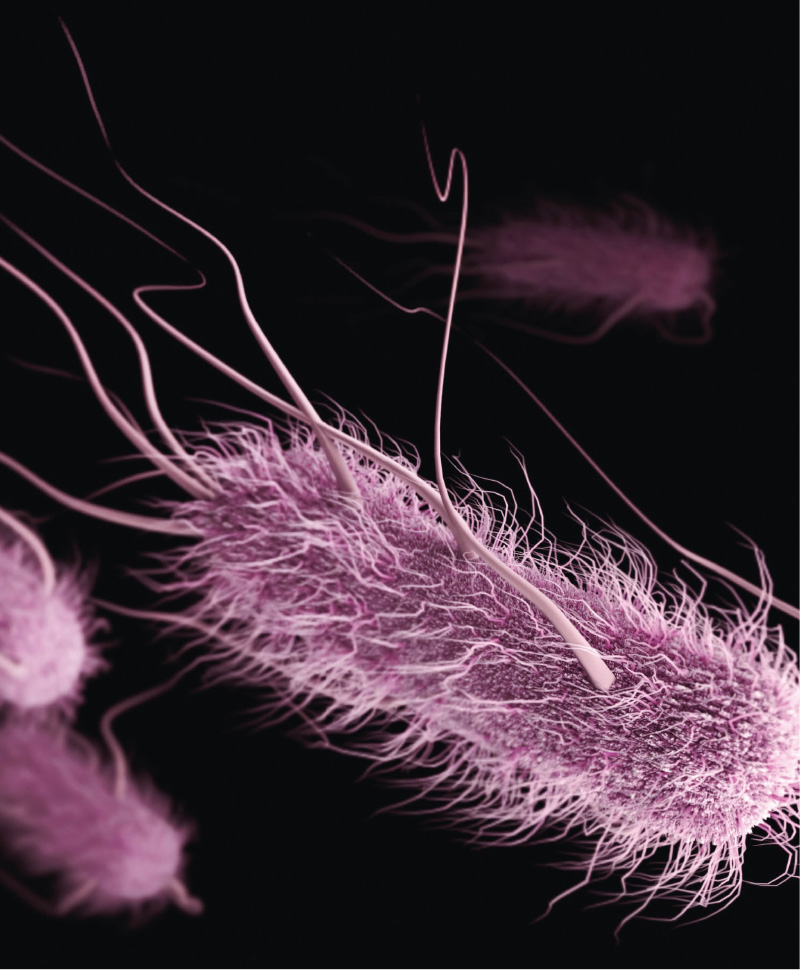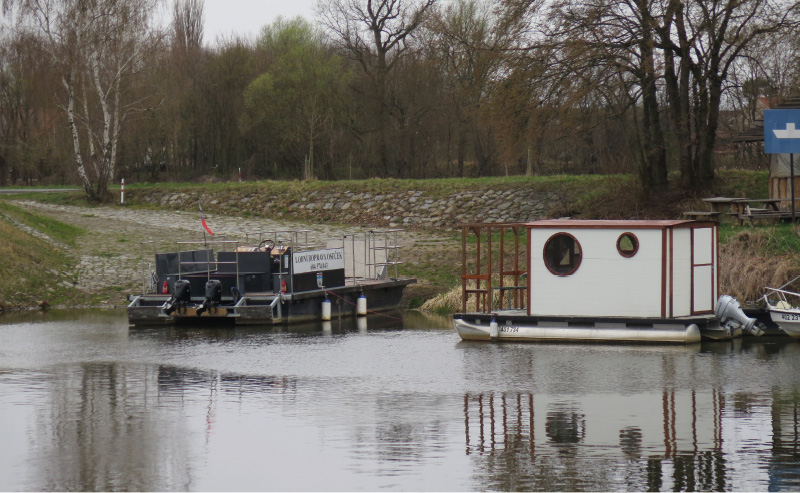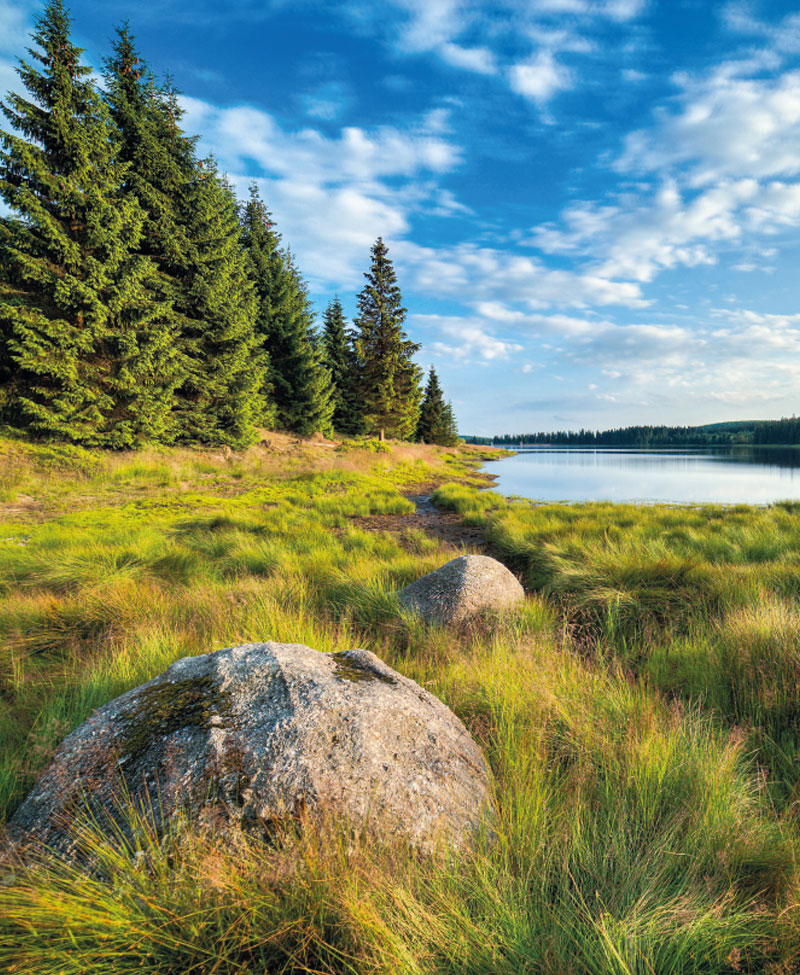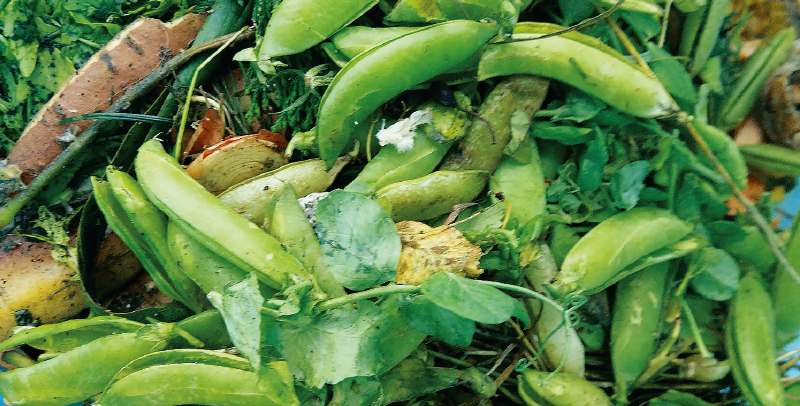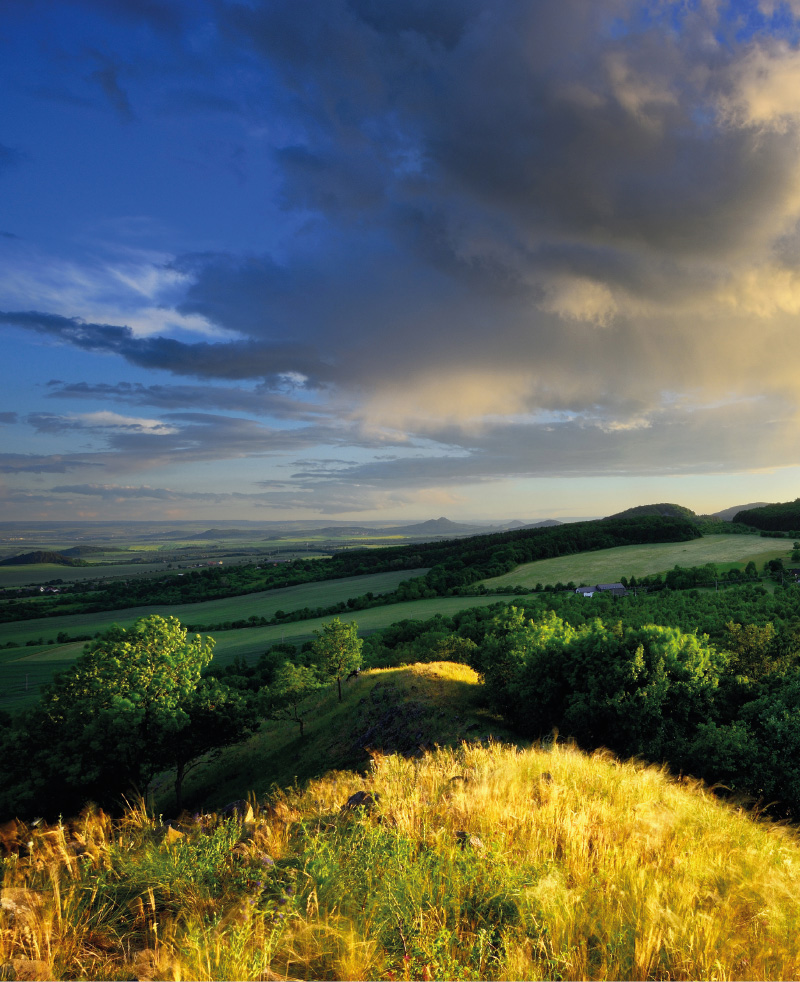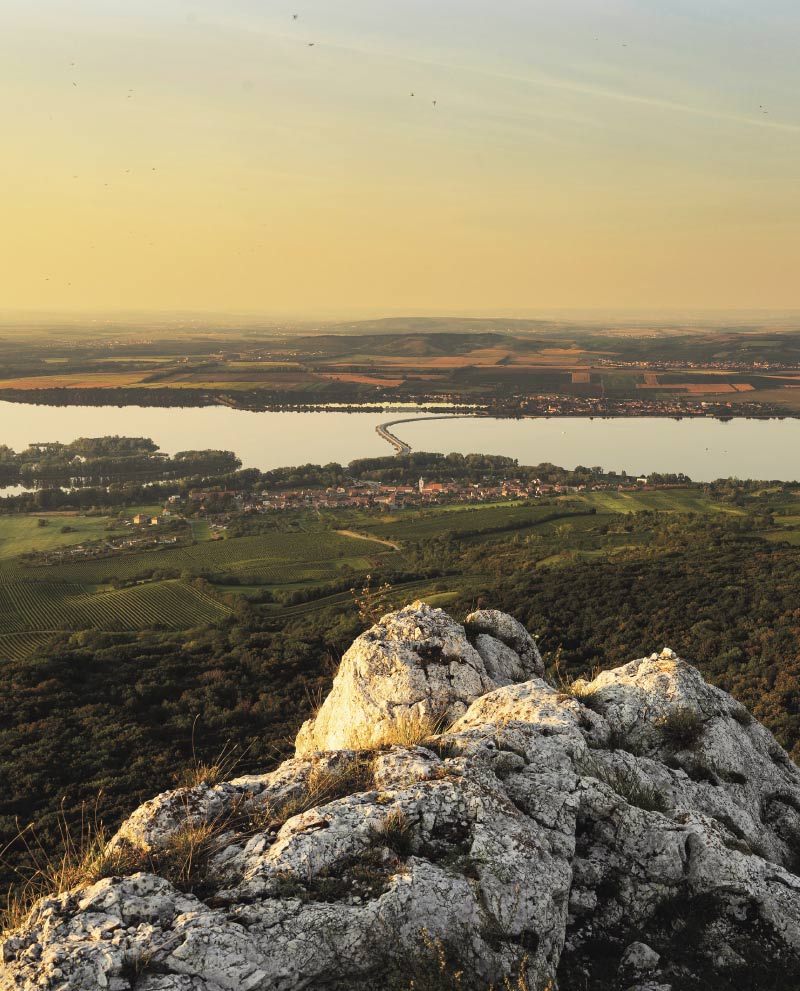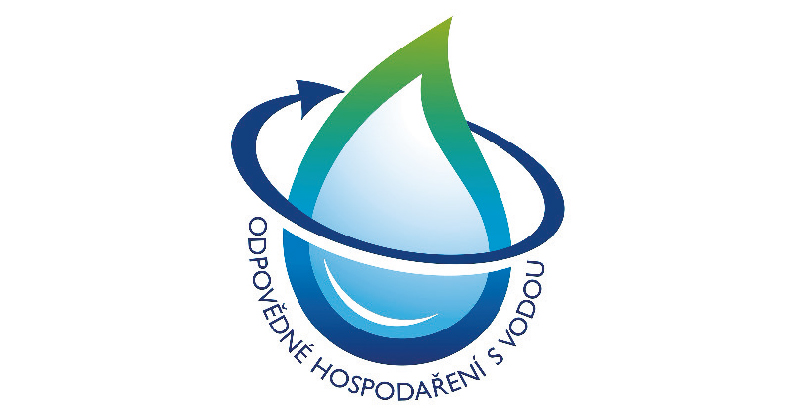The citation rate of a journal is considered an indicator of its quality. This study presents a citation analysis of the VTEI journal, published by the T. G. Masaryk Water Research Institute (hereinafter TGM WRI). The citation analysis was conducted to identify the countries and institutions of authors who cite articles published in VTEI and the subject areas in which articles published in VTEI are cited. The identification of citing articles was complicated by the wide range of forms of VTEI journal title notation, as well as errors in the Scopus database. Therefore, the search was performed in several steps and the search query was gradually expanded. Descriptive statistics methods and cluster analysis using VOSviewer software were used for the analyses. A total of 126 publications were searched in the Scopus database, but only 108 publications were included in the analysis. These 108 articles quoted 152 articles published in VTEI. The number of VTEI citations has increased from sporadic citations prior to 2009 to more than 20 citing publications in 2020 and more than 30 cited publications in 2021. The majority of citations were received by articles published in VTEI within the first six years of publication, and the citation rate for articles published between 2009 and 2021 is relatively even. Authors from 66 institutions in 16 countries, mainly in Europe, contributed to the citing publications. However, authors from the Czech Republic were dominantly involved in citations and, in many cases, these were authors of articles published in VTEI. The main areas where articles published in VTEI are cited are environmental sciences, specifically the impacts of climate change on water management and hydrology, and water quality assessment using the water footprint.
